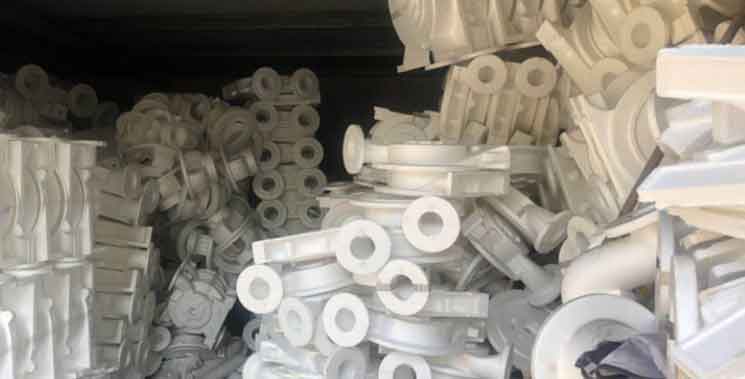Lost foam casting is indeed shaping the future of metal fabrication with its numerous advantages and growing popularity in various industries. Here are some key aspects that highlight the potential of lost foam casting in transforming metal fabrication:

- Complexity and Design Freedom: Lost foam casting enables the production of highly complex and intricate designs with ease. The foam patterns used in the process can be easily shaped and manipulated, allowing for the creation of intricate features, thin walls, and internal cavities that would be difficult or costly to achieve with other casting methods. This design freedom opens up new possibilities for innovative and creative designs in various industries.
- Near-Net Shape Casting: Lost foam casting produces near-net shape components, reducing the need for extensive post-casting machining or finishing operations. The foam pattern accurately replicates the final shape of the component, minimizing material wastage and saving time and cost associated with material removal. This near-net shape capability improves efficiency and cost-effectiveness in the production process.
- Material Versatility: Lost foam casting can be performed with a wide range of metals and alloys, including aluminum, iron, steel, and various non-ferrous metals. This versatility allows manufacturers to choose the most suitable material for their specific application, considering factors such as strength, durability, corrosion resistance, and heat resistance.
- Cost and Time Savings: Lost foam casting offers cost and time savings compared to other casting methods. The elimination of complex molds and cores reduces tooling costs and setup time, making it a cost-effective solution, especially for small to medium-scale production runs. The streamlined process, reduced post-casting operations, and the ability to produce multiple components in a single mold further contribute to time and cost savings.
- Improved Dimensional Accuracy: Lost foam casting provides excellent dimensional accuracy and repeatability. The foam patterns are typically created using precise CAD/CAM technologies or 3D printing techniques, ensuring accurate replication of the desired design. The absence of parting lines and cores eliminates potential mismatch or misalignment issues, resulting in highly accurate and consistent components.
- Design for Integration: Lost foam casting allows for the integration of multiple components or features into a single cast, reducing the need for separate parts and assembly operations. This design-for-integration approach simplifies assembly, reduces assembly time, and improves overall product performance and reliability.
- Environmental Sustainability: Lost foam casting is considered a more environmentally friendly casting method compared to traditional techniques. The foam patterns used in the process can be recycled or even reused, reducing waste generation. Additionally, the absence of binders and the reduced need for core production contribute to lower emissions and environmental impact.
As technology continues to advance, lost foam casting is expected to further improve and gain wider adoption in various industries. With its ability to produce complex and precise components with efficiency and cost-effectiveness, lost foam casting is shaping the future of metal fabrication and enabling manufacturers to push the boundaries of design and functionality.
